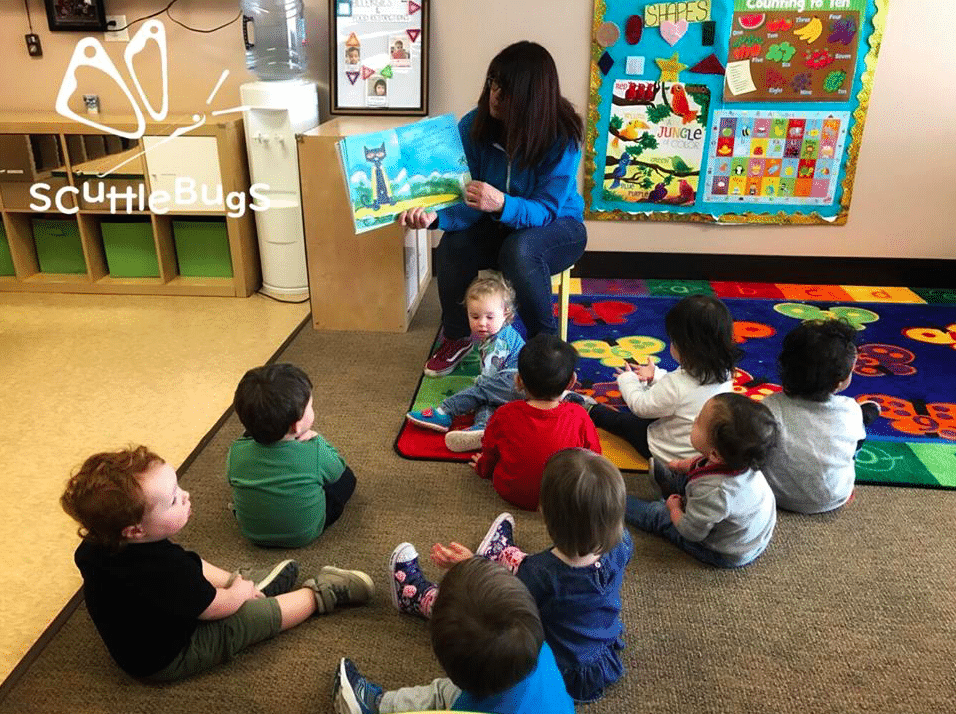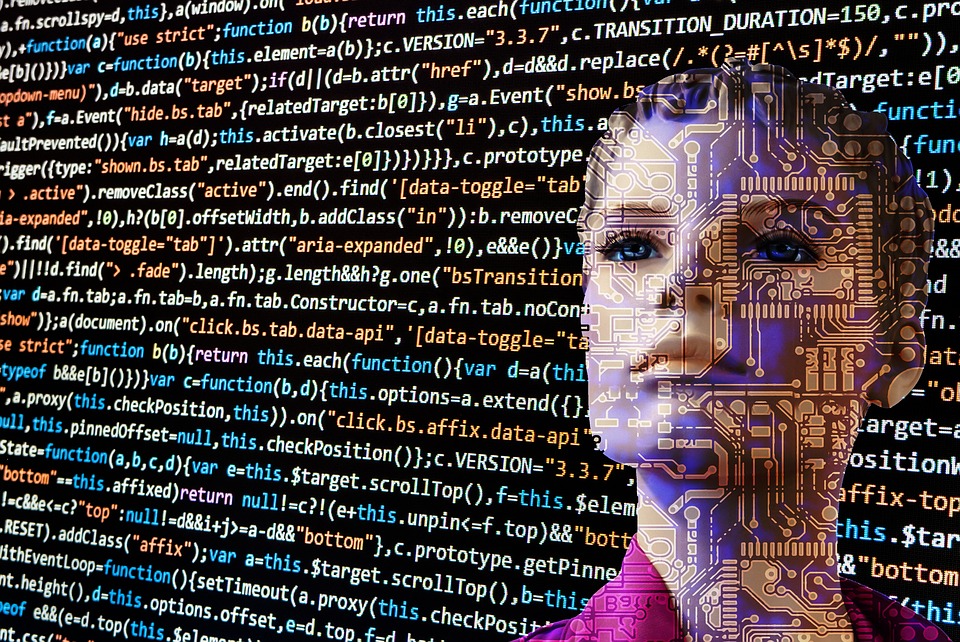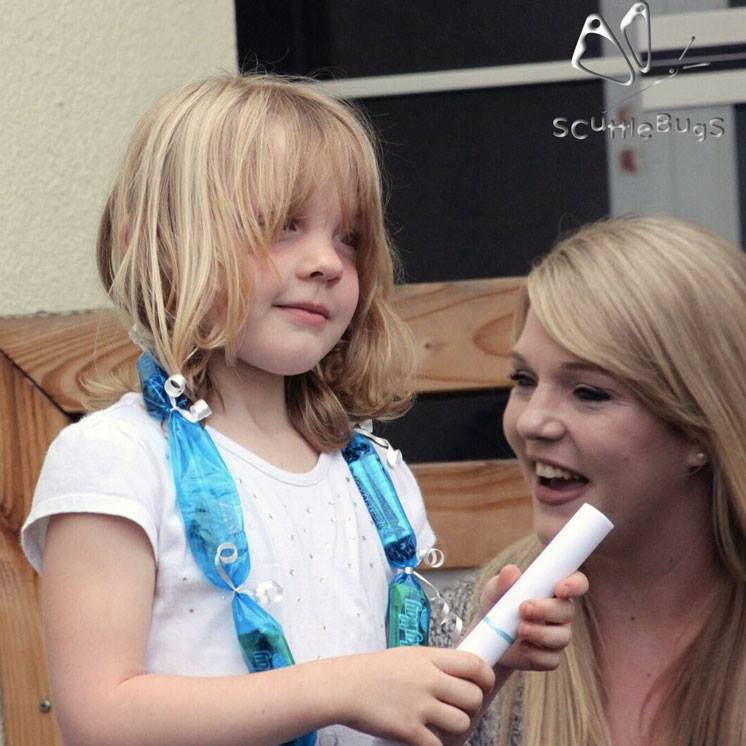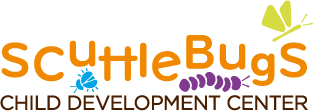The world is developing at an alarming pace, and we need to position ourselves, and more importantly, our children, for this inevitable advancement. This is not meant to be doom-n-gloom, but an affirmation to embrace and prepare for change.
Before I dive into the article, it should be made clear that I’m not and educator, nor am I the person to enhance or create a curriculum. I am, however, an engineer, and as such I’ve approached the problem of creating a curriculum framework like any other robust, scalable engineering problem. Let’s discuss some of the variables to consider:
We know childcare sets children on a path, and there is a wealth of studies that demonstrate these benefits. Key findings are reasonably consistent across these studies, and show quality early childhood programs yield benefits in academic achievement, behavior, educational progression and attainment, delinquency and crime, and labor market success, among other domains. Well-designed early childhood education programs have been found to generate a return on investment of between $3 and $13 for every dollar invested in early childhood*. Even at the low end of this estimate, this is a significant return.

Rethinking the meaning of Education for the 21st Century
The question we asked as ScuttleBugs was: Is there one better path than another?
This is actually a really complex question, and just to clarify, the path does not refer to curriculum styles themselves. We don’t believe there are any good or bad curriculums, but it’s more about what environment the child best responds to or thrives in. In fact, one of our primary goals has been to create a framework that can quickly and efficiently implement any perceived beneficial component from any curriculum, and, most importantly, assess and quantify the adoption for success. This is critical to be able to tailor education to a specific class, group within a class, and even the individual child; all depending on the personalities or needs in the group that year.

To define a path, we need to define objectives, and in turn, measures of success for these goals. But before we do that at the curriculum framework level, we really should take a bird’s eye view of the broader societal trajectory.
Robots, artificial intelligence, automation - overwhelming evidence shows the shift in what the workforce needs is already underway and that it will continue to grow much larger in the future. World leaders from government and industry debate the future of work and the changes brought by technology and automation, but despite this, the world is not reacting fast enough to update our system of education.
According to analysis of 750 occupations by the McKinsey Global Institute, 51% of job activities are highly susceptible to automation – and that’s through adapting currently demonstrated technology alone. It’s also important to note that these activities span jobs across industries as well as skill and wage levels. This indicates that automation is much less likely to lead to the mass unemployment predicted by alarmists but is almost certainly going to necessitate the redefinition of most occupations and requisite skills.
So, what are we doing to prepare future generations to thrive in this changing landscape? A student that begins childcare today will graduate from university in the mid-2040s and their career will last through 2070 or beyond. While we can’t predict exactly what our workforce’s needs will be in in the middle of the century, we already know they are changing and will continue to change with the rate of technological advancement.
Yet, in most K-12 schools you visit in 2019, you see teachers teaching the exact same subject matter as they taught in 1919: reading, writing, math, science, history and foreign languages. Debates about the future of education center on changing how we teach, to embrace technology in the classroom, but there is almost no debate about changing what we teach. Any discussion of the future of work should go hand-in-hand with a discussion of the future of curriculum.
Problem-solving, creative thinking, digital skills and collaboration are in greater need every year yet are seldom taught in our schools, and don’t get me started on common sense. Even when schools teach digital skills, they focus on how to use technology – how to create a document or a presentation – rather than how to create technology. Some of the topics we teach today will no longer be essential in the 2040s: As much as I personally try to resist it, handwriting is increasingly obsolete, complex arithmetic is no longer done by hand, and the internet is increasingly used as a replacement for the need to memorize many basic facts.

We are faced with the challenge of redefining a foundational education to keep up with the evolution of skills required to solve problems, innovate and succeed. But, as a society, we are failing to meet that challenge and consequently failing to adequately prepare the next generation for the future.

Over the past decade, a number of curriculum trends can be distinguished in contemporary international educational policy. Priestley and Sinnema discuss these trends in terms of ‘curricula turn’ or ‘the new curriculum’. Even if these trends vary in form and content from country to country, it is still possible to identify some common features.
- The first trend within this ‘new curriculum’ is described as a movement away from prescribed subject based curricula towards competence-based curricula. With a clear economic undertone in combination with a discourse of ‘lifelong learning’, this movement is strongly reinforced, by such international education policy actors as the OECD and the EU.
- The second trend, according to Priestley and Sinnema, is an increasing focus on the centrality of the learner and an emphasis on active forms of pedagogy. In line with progressive pedagogical ideas, students’ interests, experiences and pace of learning are regarded, from this point of view, as crucial elements of the curriculum. Among other things, the primary aim of this learner-centered focus is to place the responsibility for the learning path in the hands of the students.
- Finally, the third international curriculum trend can be described as a movement towards standards-based and outcome-based curricula. In terms of prescribed learning outcomes, top–down accountability and specified assessment criteria, the state sets the standards for teaching and learning, with the aim of improving students’ equality and achievement.
At the same time, it is worth noting that this change in the international landscape of curriculum trends has undergone a lot of criticism. In particular, social realist writers like Young and others have thoroughly criticized this ‘new curriculum’ for what they consider a ‘downgrading’ of knowledge. Regardless of what one thinks about the question as such, discussions about curriculum and knowledge have actualized one of the most fundamental questions in curriculum theory, curriculum making and teaching: ‘What should count as knowledge?’ What knowledge is the most valuable and desirable, and what kinds of knowledge should be included and excluded in the curriculum and in teaching?
Rethinking ScuttleBugs Curriculum
Zooming in with the magnifying glass, how do these trends and discussions impact a childcare curriculum?
While I can’t speak to how the childcare sector is addressing the above as a whole, I can say that ScuttleBugs agrees with the above as a strategic shift in learning requirements and created a proactive feedback framework to quickly assess each child’s learning, the teaching of the curriculum, and the curriculum components themselves.
We’re actively working to transition from our more traditional Reggio inspired curriculum to the ‘new curriculum’ framework targeting a full implementation beginning 1 September, 2019.
To help build out and manage our curriculum makeover and transition, we engaged an ECE expert based in Iceland, a country whose Early Childhood Education system has much to admire.
From a practical point of view, more information will soon start to flow to parents on the curriculum as a whole, what is planned to be taught over the coming weeks, the progress of their child, and documentation of how the children have directed the learning process.
Read our blog about enhancing children's engineering skills here.

*See The White House, The Economics of Early Childhood Investments (Executive Office of the President, 2014) and “13% ROI Research Toolkit” - last accessed January 2018.
